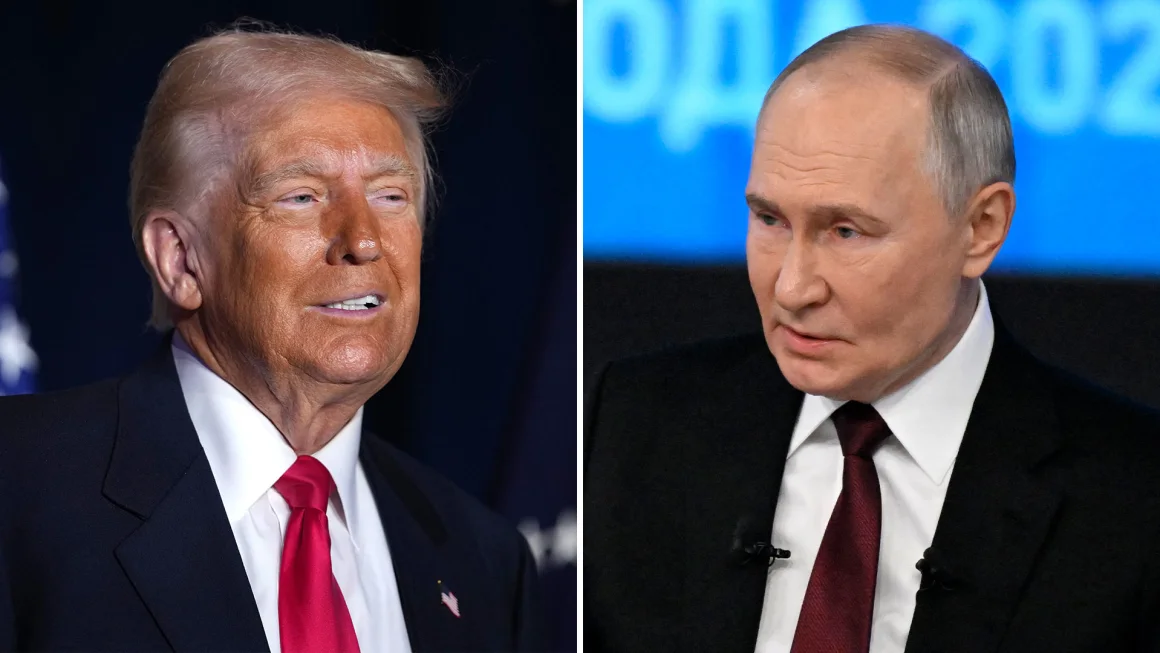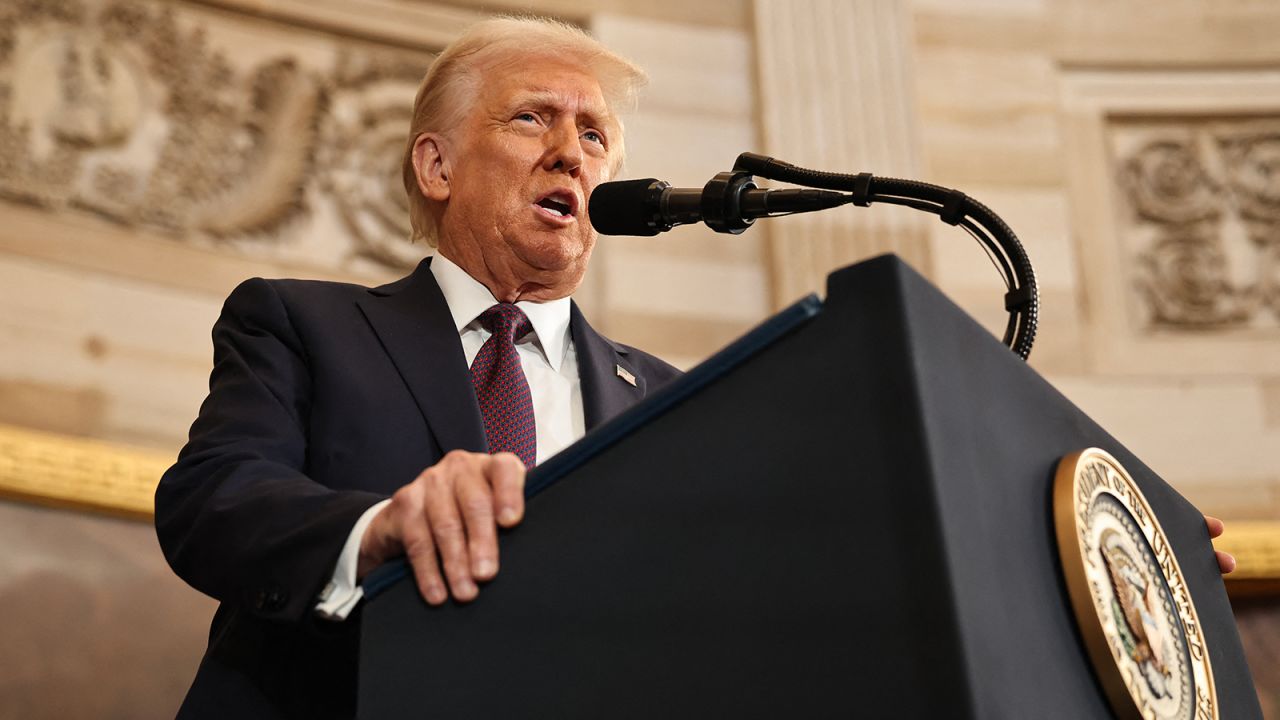Trump’s ‘Madman Theory’ in Action: Chaos or Strategy?

President Donald Trump has long embraced unpredictability as a core aspect of his leadership style. Whether in diplomacy, trade negotiations, or military strategy, he thrives on keeping world leaders—and the public—guessing. His recent proposal regarding the Gaza Strip is yet another example of this approach, which closely aligns with the “madman theory” of foreign policy.
Trump’s Shocking Gaza Proposal
During a news conference with Israeli Prime Minister Benjamin Netanyahu, Trump suggested that the U.S. should “own” and occupy Gaza, relocate its population, and transform it into the “Middle Eastern Riviera.” The idea immediately sparked outrage and confusion. Trump’s proposal would require forcibly removing up to two million Palestinians—many of whom do not want to leave—and finding another country willing to accept them.
All regional powers, except Israel, have rejected this concept outright. Yet, Trump appeared serious, reading from prepared notes and speaking with conviction. His aides have since scrambled to clarify his remarks, but the message was already out: Trump wanted to shock the world.
The ‘Madman Theory’ at Play
Trump himself has admitted that he likes to appear unpredictable. In October, he told The Wall Street Journal that Chinese President Xi Jinping respects him because he knows Trump is “f***ing crazy.” This is a textbook application of the madman theory, a strategy famously associated with President Richard Nixon, who wanted North Vietnam to believe he might use nuclear weapons to end the war.
The effectiveness of such an approach remains debatable. While unpredictability can be a powerful negotiation tool, it can also create instability. Trump has repeatedly used this tactic in various foreign policy situations, from trade tariffs with Mexico and Canada to nuclear talks with North Korea. In each case, he has kept both allies and adversaries guessing.
Spinning Trump’s Comments
As is often the case, Trump’s aides have had to walk back or reframe his statements. White House Press Secretary Karoline Leavitt presented a softer interpretation of his Gaza remarks, stating that the president was committed to “rebuilding Gaza” and relocating its population “temporarily” because the region is currently a “demolition site.”
She also downplayed Trump’s mention of U.S. troops, arguing that “not ruling out” American boots on the ground does not mean he has committed to it. When questioned about how this aligns with Trump’s long-standing “America First” stance, Leavitt insisted that his proposal does not necessarily mean deeper U.S. involvement in foreign conflicts.
Trump later took to Truth Social to reinforce his stance, but also backtracked slightly, stating that “no soldiers by the U.S. would be needed!” Meanwhile, Senator Marco Rubio attempted to reframe Trump’s remarks, saying the president was merely offering to assist with “debris removal, munitions disposal, and reconstruction.”
Chaos or Strategy?
Trump’s unpredictable rhetoric and bold proposals often put the world on edge. His strategy, whether calculated or impulsive, is to appear tough and unconventional. Some see this as a sign of strength, while others view it as reckless brinkmanship.
Regardless of whether this is part of a grand strategy or simply Trump being Trump, the world continues to react with caution—never quite sure if he is bluffing or serious. And perhaps, in Trump’s mind, that uncertainty is exactly the point.








